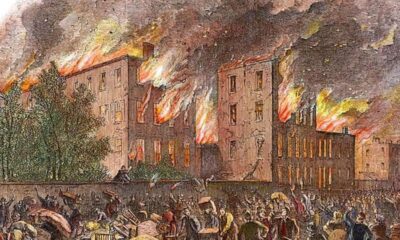Black History
How Benjamin ‘Pap’ Singleton Led an Exodus of Freed Black Americans West
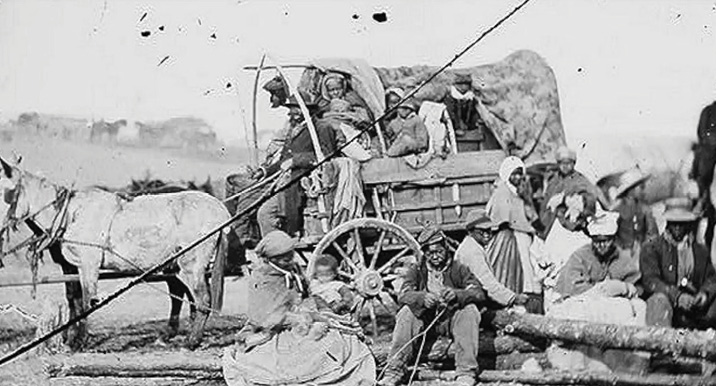
Farrell Evans, history.com
During the late 1870s and early 1880s, as many as 40,000 African Americans migrated from the South to Kansas, Oklahoma and Colorado. One formerly enslaved man, Benjamin “Pap” Singleton, convinced thousands to make the journey.
The Black settlers were lured westward, in part, by the Homestead Act of 1862, which provided 160 acres of federal land to anyone who agreed to farm it. For African Americans, who had seen their hopes for equality and opportunity largely fail in the South after slavery was abolished, the west was an especially attractive destination to build their own communities.
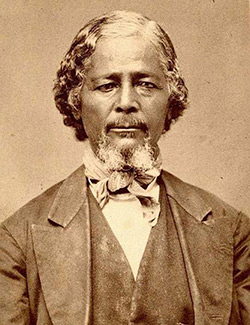
By leaving the South, African Americans believed they would be free from the racism of their former enslavers, who still wielded great authority over their lives both socially and economically. Kansas held symbolic importance for African Americans because it had been a major depot for the Underground Railroad for hundreds of slaves escaping bondage. And during its turbulent transition into statehood, the territory became known as “Bleeding Kansas,” a battleground where John Brown and other abolitionists fought fiercely—and successfully—against pro-slavery factions. “We are on a rapid march to Kansas,” proclaimed a song touting Black migration to the state, “the land that gives birth to freedom.”
Nashville-born Singleton, who had escaped slavery and run a boarding house in Detroit during the Civil War, was one of the most ardent believers in a mass exodus of African Americans to Kansas. In 1878, having returned to his native Tennessee, Singleton established the Edgefield Real Estate and Homestead Association in Nashville to help African Americans plan their trips there. Singleton fashioned himself as a “Black Moses” who would lead his people into America’s New Canaan. His efforts facilitated the first migration of African Americans out of the South following the Civil War.
“[Singleton] would bring peace to the south, he said, by teaching the southern white people a lesson,” wrote Nell Irvin Painter, a professor emeritus of history at Princeton University and the author of Exodusters: Black Migration to Kansas after Reconstruction. ”By taking the Black people out of the South, he would show Southern whites that they must live with their Black brothers in tranquility.”
Singleton Became Known as the ‘Father of Kansas Emigration’
Singleton wasn’t naïve about the likelihood of racial tranquility. As a carpenter in Nashville during the turbulent Reconstruction era, he’d built coffins for Black victims of racial violence and witnessed Black men dragged from their homes by white mobs. Persuaded that racial harmony was unattainable, he proposed an independent Black settlement in Tennessee. But the land was too expensive.
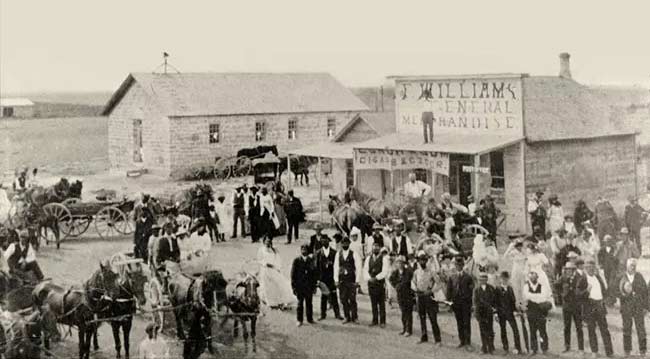
In 1873, Singleton made his first trip to Kansas to investigate the possibility of starting Black farming colonies there on former Indian lands. Later, through his real estate business, he began promoting Black migration to the state. One of his circulars to the Black community in 1878 promised “large tracts of land, peaceful homes and firesides, undisturbed by anyone.”
According to Walter Fleming, an early Singleton biographer, the leader of the Kansas exodus had the support of some white sympathizers, who published his circulars in their newspapers and told him that his policy was “better than politics.”
Singleton Facilitated the Great Exodus of 1879
Even though new Black settlers struggled to build and grow their communities in Kansas, Singleton continued to advocate for migration to “Sunny Kansas.” He called for “good citizens” but no loafers, politicians or educated African Americans. On his circulars, he refers to himself as either the “Father of the Exodus,” or “Moses of the Colored Exodus.”
In 1879, Singleton’s tireless appeal helped encourage some 20,000 African Americans from the Deep South to migrate to Kansas over the next two years in what became known as the Great Exodus of 1879. These Exodusters, as they came to be known, hailed largely from Mississippi, Arkansas and Louisiana. Most traveled up the Mississippi River to St. Louis—where, lacking funds, many got stuck waiting for assistance to travel the final leg of their journey.
Singleton would take credit for the Exodusters, but according to Joseph V. Hickey, a scholar of the Kansas exodus, the failure of Reconstruction and the rise of the murderous Ku Klux Klan supplied southern Black people the main push they needed to uproot their families and move to an unknown place.
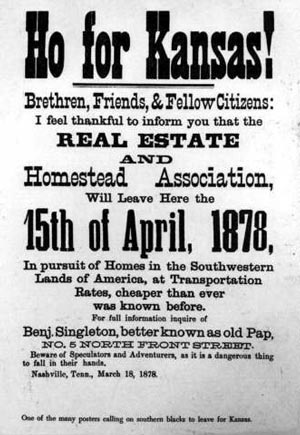
Many Exodusters Became Destitute Migrants
When the migrants finally made it to Kansas after many had been stranded in St. Louis, they found unsuitable living conditions and no infrastructure to support the sudden influx of thousands of new people who needed food and shelter. Many received smaller, less easily farmable plots of land than white settlers. And instead of being “undisturbed by anyone” in Kansas, as Singleton had advertised, they were often met with hostility and prejudice from white residents, who demanded segregated communities. The migrants received virtually no support from state and local organizations. Were it not for private relief organizations, those migrants who landed in urban centers like St. Louis and Topeka might have fared even worse than did in their new state.
The debacle was for Frederick Douglass a setback for his race. The famous orator and ex-slave believed that such emigration schemes were “delusional and a scam.” In an essay on the exodus, Douglass proclaimed that all people needed a “native land” and that “wandering” was not good for any group of people.
Pap Singleton’s Legacy
Singleton, who died in 1900 at the age of 90, would not have disagreed entirely on this point with Douglass. For him, the South was always home and there could be another exodus: one that brought his people back to their southern roots—but not without equal rights.
The self-proclaimed Father of the Black Exodus would spend the rest of his life after the Kansas migration supporting various back-to-Africa movements. He had led the work to bring a Black population to Kansas when the West was young and needed men and women to build its cities and towns and farm its lands. These Exodusters had become Kansans who managed to endure the hardships and destitution that came with being in a new place. Despite the obstacles, they built their own schools, churches and social organizations and established deep roots in the land they believed “gives birth to freedom.”


